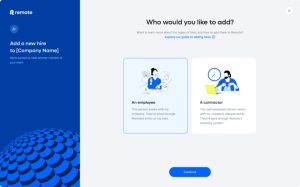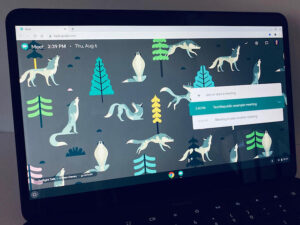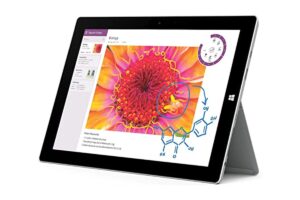Digital twins can help you simulate real-life scenarios without the risk of damage. Here are some things to consider before implementing them in your business.

Image: Chesky/Shutterstock
The first time our company’s manufacturing team tried a new product for semiconductor manufacture, engineering and manufacturing designed and built a physical prototype that they tried out on the manufacturing floor. Everyone waited with bated breath, and the product… blew up! The team assessed what went wrong and got the configuration right the next time.
SEE: Research: Video conferencing tools and cloud-based solutions dominate digital workspaces; VPN and VDI less popular with SMBs (TechRepublic Premium)
Stories like these are in the annals of many manufacturers’ histories. They also come up in the fitting rooms of clothing stores, when something you thought looked so great on the rack doesn’t work on you at all. This is where the digital twin, a digital double of a physical object, comes in. The digital twin market is estimated to grow to $24.81 billion by 2025, with a compound annual growth rate of 39%.
What can a digital twin do?
In manufacturing, it can create a digital model of a new product that can simulate tests in different conditions without having to build and trial an early physical prototype first.
In retail, it can simulate the look of a suit or a dress on a digital representation of you before you make a purchase.
A digital twin can create a virtual representation of an autonomous vehicle that gives manufacturers visibility into how a car might perform in different physical environments.
In most any industry with expensive equipment and assets, a digital twin can operate on historical data and use predictive maintenance algorithms to predict maintenance cycles and failure points of equipment and assets so companies can perform maintenance before failures occur.
SEE: The future of work: Tools and strategies for the digital workplace (free PDF) (TechRepublic)
The digital twin is the grandchild of early flight simulation models that were first used by the NASA Flight Search Division before the start of the space program. It is a product of data scientists, subject matter experts, IT, big data and analytics.
In digital twin creation, an interdisciplinary team researches the properties that underlie the physical object or system being virtualized. They then develop a digital model that emulates the real-world physical object. This model can be built internally, or you can use a pre-configured digital twin model that is commercially available and fits your use case.
In either case, companies need to position their staffs to work with digital twin technologies.
Things to consider when setting up your digital twin
Here are some rules of thumb about getting started with digital twins.
If possible, start with a pre-configured, commercially available digital twin that fits your use case. There are digital twin models available for manufacturing, preventive maintenance, managing Internet of Things reliability and smart buildings, to name a few
If your use case is unique and a commercial solution is unavailable, you may need to build your own digital twin.
SEE: How to use digital twins to reduce risk (TechRepublic)
In this case, the process begins by designing a 3D representation of the object; securing access to it by only authorized personnel; understanding the information that you will need to incorporate into the object, along with the sources it is coming from; and determining a toolset with which to design the virtual representation of the object.
You then need to build the virtual representation of the object. The build requires the 3D object model, but it also must incorporate data from many different systems and IoT devices. Doing this can be a major integration job for IT, which must coordinate with data scientists and the end business.
Whether digital twins are purchased or built from scratch, an interdisciplinary team of IT, data scientists and business experts must be assembled, and they must work well together.
Many of these digital twin skills and interdisciplinary work groups are still new to businesses, so companies will need to retool and prepare. This is why it’s critical for CIOs to pencil digital twin technology into IT roadmaps now.
Also see
Source of Article




